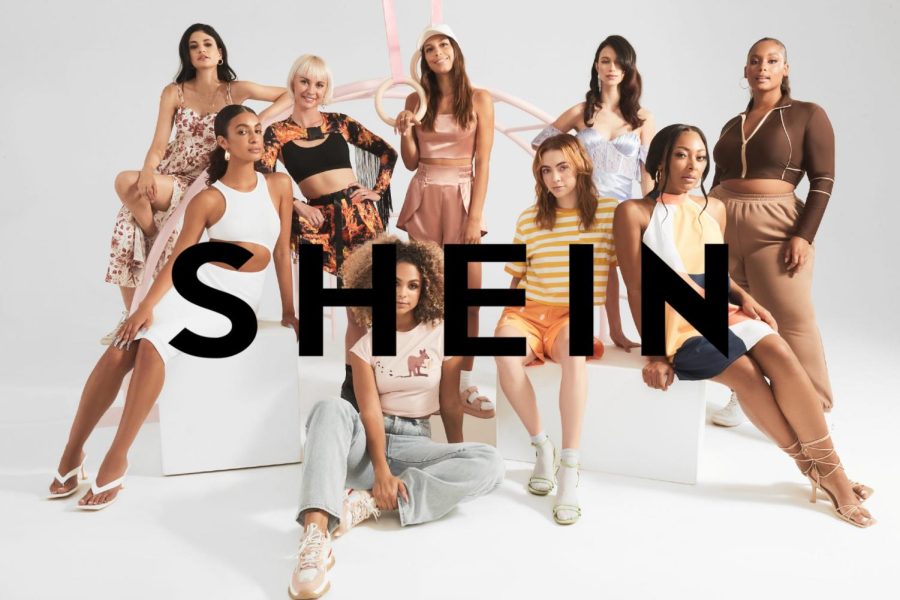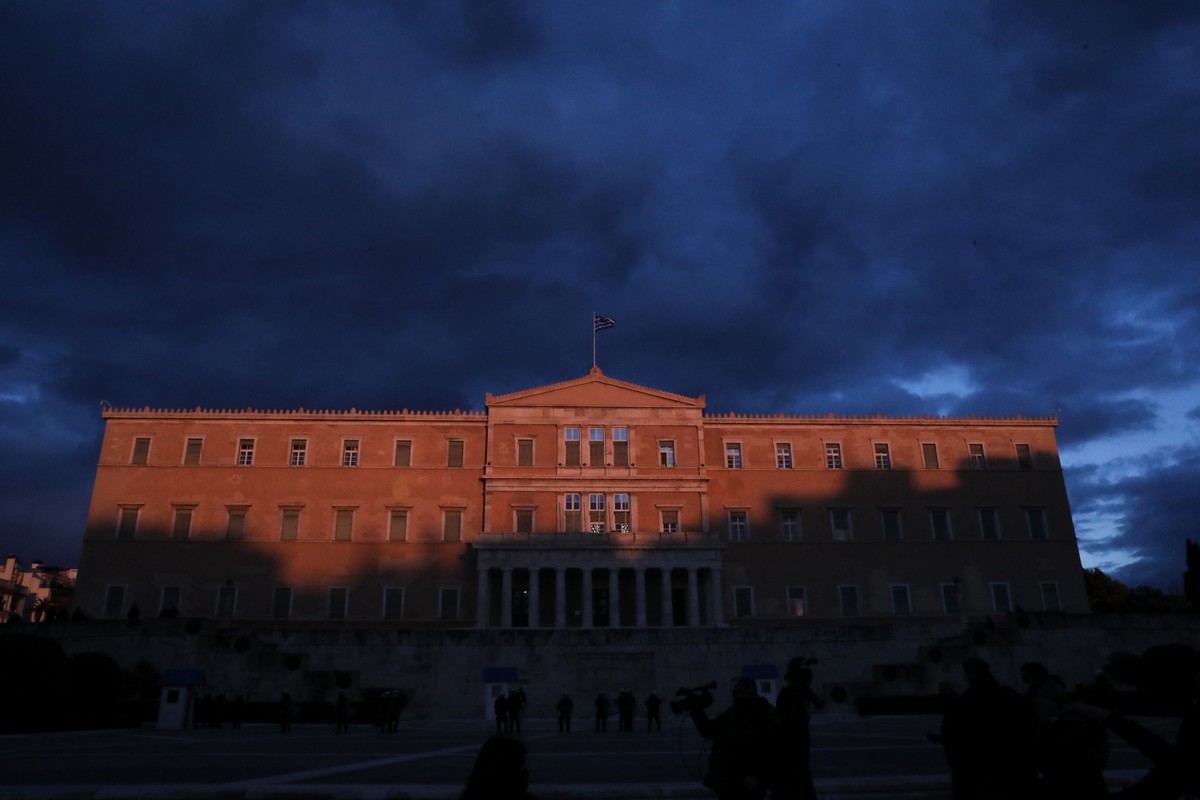
Medieval Greek orthodox manuscript Saint Catherine’s Monastery Sinai In Egypt he was hiding a great surprise: a part of the missing star catalog supposed to be an ancient Greek astronomer was discovered under the Christian text Hipparchusthe world’s first attempt at a complete “mapping” of the night sky.
Scientists have been searching for Hipparchus’ work for centuries, so astronomy historians have called this discovery rare and important. The related scientific publication was published in the Journal of the History of Astronomy, according to Nature. The discovery proves that Hipparchus, considered the most important astronomer in ancient Greece, actually drew a “map” of the sky several centuries before anything similar was attempted.
The parchment is owned by St. Catherine’s Abbey, but most of its 146 papers are now in the possession of the Museum of the Bible in Washington. The manuscript contains Codex Climaci Rescriptus, a collection of Syriac texts from the tenth or eleventh century. The code is bruisewhich means that an older text was written under it.
At first it was thought that this earliest text was also Christian. But in 2012 when he was the expert on Bible texts Peter Williams From Cambridge University Asking his students to study the code, he unexpectedly found a passage in Greek attributed to another important Greek astronomer, Eratosthenes. In 2017, a new analysis using the latest multispectral imaging technology was carried out by American researchers, who photographed vellum pages with different wavelengths of light and then used computer algorithms to read the text hidden beneath them.
In this way, nine pages revealed astronomical material, dated – by radiocarbon method and stylistic analysis – to the fifth or sixth century. The text contained, among other things, legends about the birth of stars to Eratosthenes, as well as fragments of a famous poem of the third century, phenomena describing constellations. What followed was even more interesting, as Williams identified the coordinates of the stars in the text and proceeded to further analysis, working with a historian of science. Victor Gesenberg from the French National Institute for Scientific Research (CNRS) and Emmanuel Zing from the Sorbonne University in Paris. Thus it was revealed that on at least one page of parchment precise coordinates of the stars at the four ends of the constellation Corona Borealis were given. Strong evidence has also been found that the source of these measurements was Hipparchus and that his calculations were made around 129 BC.
Until today, the only star catalog that has been preserved from antiquity is his own star catalog The astronomer Ptolemy In Alexandria, Egypt, during the second century AD. His Almagest (or Mathematical Grammar) was one of the most influential scientific texts in history, providing a geocentric mathematical model of the universe that has been widely accepted for more than 1,200 years. Ptolemy, among other things, had the coordinates of more than 1,000 stars.
But in the ancient texts there are many indications that he was the first to do such things star measurements, Hipparchus of Rhodes (190-120 BC) was three centuries ago. Earlier Babylonian astronomers measured the positions of some stars but only around the zodiac, while Hipparchus was the first to determine the positions of the stars using two coordinates and attempted to create a “map” of the entire night sky.
“This list of stars that hitherto floated in scripts as something almost hypothetical is now something very tangible”said a historian of astronomy Matthew Ossendrijver from the Free University of Berlin.
Researchers believe that Hipparchus’ original list, like Ptolemy’s, would have included observations of nearly every visible star in the sky. Due to the lack of a telescope, it is possible that Hipparchus used some other observing tools such as diopter And he certainly “would have put in endless hours of work,” according to Geisberg.
Hipparchus and Ptolemy’s relationship was always one ambiguous case. Some experts have gone so far as to claim that Hipparchus’ star catalog never existed, while others – first and foremost the 16th century astronomer Tycho Brahe – have responded that Ptolemy simply stole Hipparchus’ pre-existing measurements and passed them on as his own. …analysis of the text revealed on parchment thus far has led researchers to the initial conclusion that Ptolemy did not simply copy the elements of Hipparchus. On the other hand, they explained, Hipparchus’ numbers for the positions of the stars (with a deviation of at most one degree from the actual numbers) are more accurate than those of Ptolemy’s successor.
According to a historian of astronomy, James Evans At the University of Puget Sound in the US, the discovery “enriches our picture of Hipparchus and gives us a great idea of what he really did.” As he said, his work was crucial because it was a milestone in the “mathematicalization of nature,” that is, the shift from the simple description of natural phenomena to their measurement, calculation, and prediction.
Hipparchus criticized his predecessors in astronomy for their lack of concern for numerical accuracy. According to Evans, Hipparchus made use of the Babylonian tradition of accurate astronomical mathematical observations and thanks to him the “marriage” with the Greek geometric tradition occurred, resulting in “this is how modern astronomy really began.”
The researchers hope that as imaging techniques improve, they will discover the coordinates of other stars in the code, many parts of which have yet to be read. They also consider it possible that additional pages from the Catalog of Hipparchus’ Stars may survive in St. Catherine’s Library at Sinai, which contains more than 160 headers. Relevant research has already revealed unknown ancient Greek medical texts under Christian texts.
Source: RES-MPE
today’s news:
A 38-year-old woman reported five minutes of terror in Colonos by a 44-year-old man who sexually assaulted her.
Video: A provocative noise beside a pool full of children
Cold and hungry, Putin’s “recruit”, against the backdrop of the recent conflict in Ukraine

“Hipster-friendly coffee fanatic. Subtly charming bacon advocate. Friend of animals everywhere.”





More Stories
EFFET: Refers to fresh pasta
Shock and horror!!! Hundreds of coffins containing the bodies of NATO soldiers return by flights from Ukraine
Will Türkiye give T-155 Firtina howitzers to Ukraine via the United States?